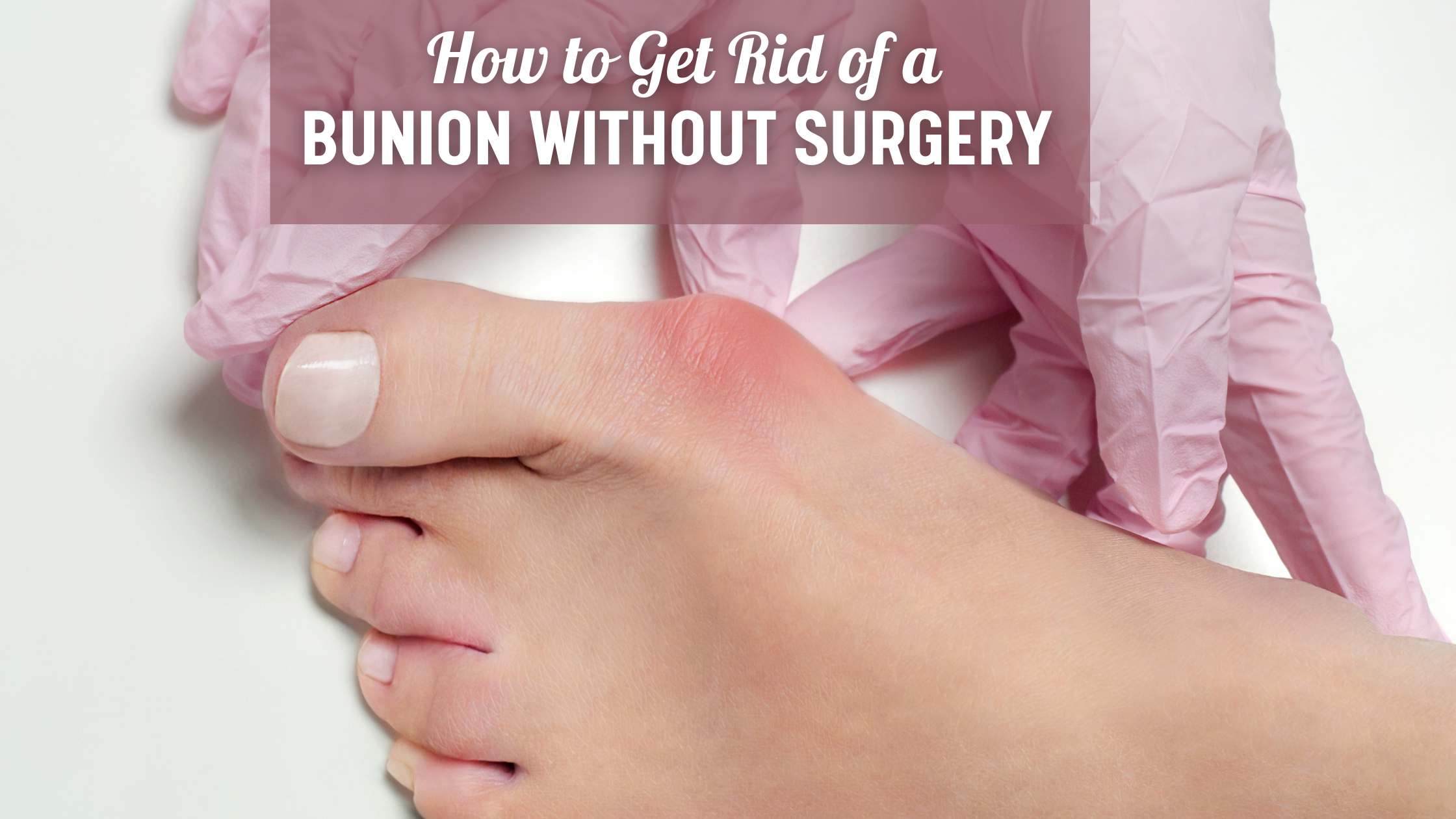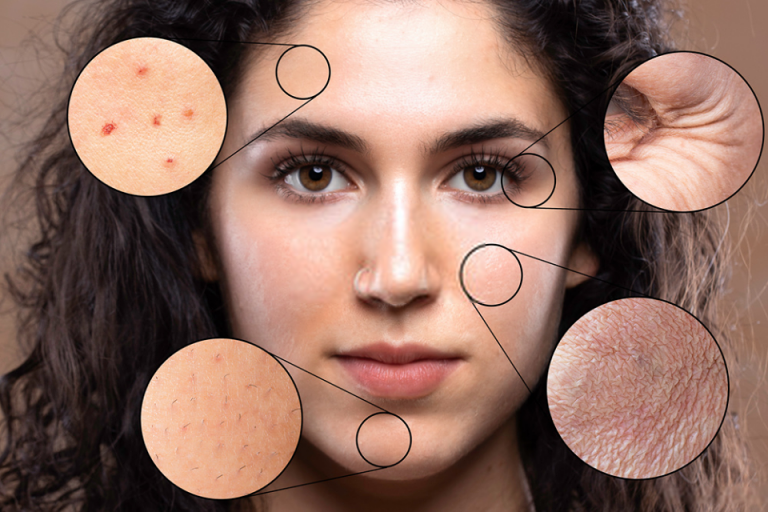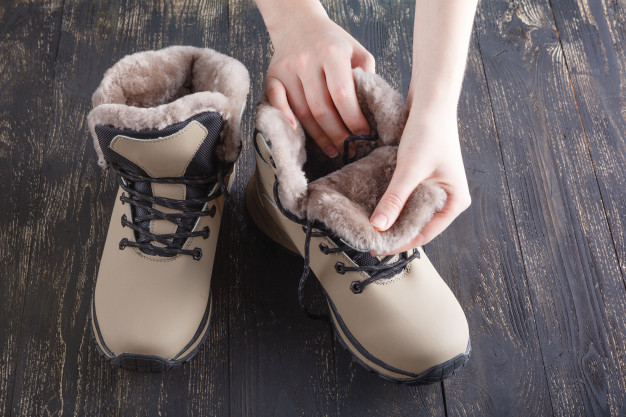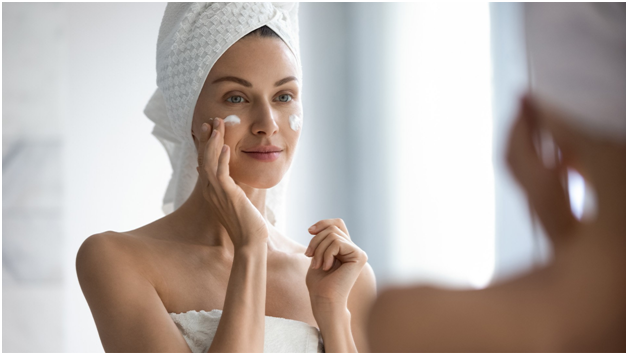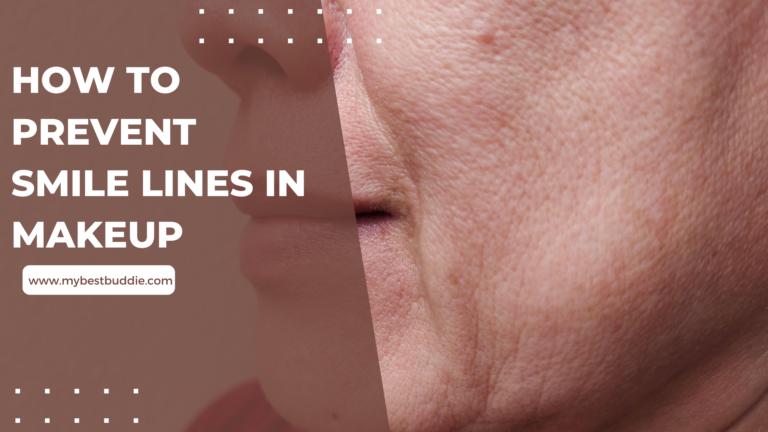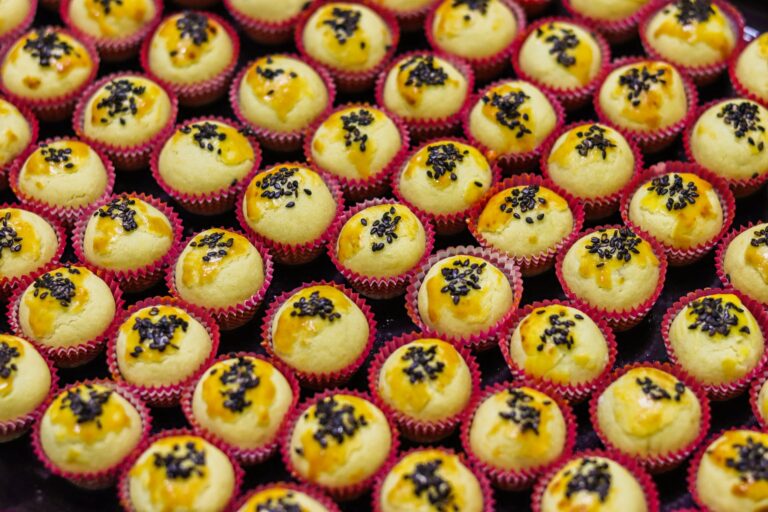How to Get Rid of a Bunion Without Surgery: Effective Methods and Remedies
Bunions are a painful and uncomfortable condition that affects a large number of people. You’ve come to the correct place if you’re looking for ways to relieve the pain and suffering of a bunion without resorting to surgery. In this post, we will look at non-surgical treatment alternatives, home cures, and over-the-counter medications that can help you get rid of a bunion naturally and successfully.
Bunions are bony protrusions that form near the base of the big toe, commonly known as hallux valgus. They occur when the joint at the base of the big toe becomes misaligned, causing the big toe to lean inward towards the other toes. Bunions can be caused by a number of factors, such as genetics, poor footwear, and certain medical disorders. While surgery is often necessary for severe instances, there are non-surgical options available to assist control symptoms and prevent the problem from worsening.
What is a Bunion?
A bunion is a bony bump that forms on the joint of the big toe. When the bone or tissue at the joint shifts, the big toe tilts towards the other toes. The bunion can become progressively uncomfortable over time, making it difficult to select suitable footwear.
Causes of Bunions
Bunions can be caused by a number of things, including:
- Genetics: Bunions may run in your family, putting you at a higher risk of having them.
- Footwear: Bunions may grow faster if you wear tight, narrow shoes or high heels.
- Foot Abnormalities: Certain foot abnormalities, such as flat feet or low arches, can make bunions more likely.
- Medical problems: Certain medical problems, like as rheumatoid arthritis, can make you more prone to bunions.
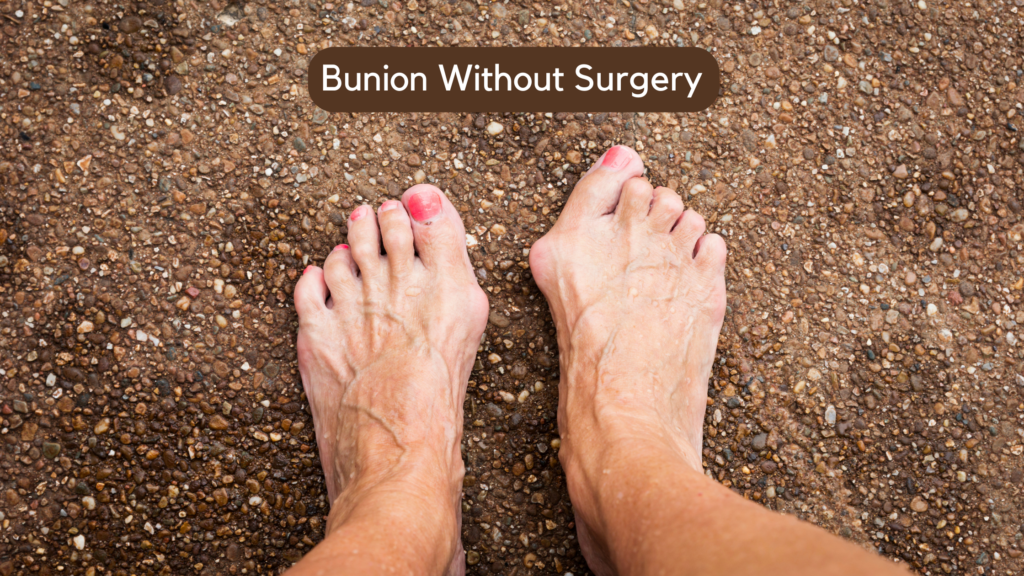
Signs and Symptoms of Bunions
Bunions can cause the following signs and symptoms:
- A bony protrusion near the base of the big toe.
- Tenderness, redness, or swelling around the joint.
- Walking or wearing shoes causes pain or discomfort.
- Calluses or corns forming on or between the toes.
- The big toe has restricted mobility.
When to Seek Medical Advice
If you are experiencing chronic pain or suffering as a result of a bunion, or if it is interfering with your daily activities, you should seek medical assistance. A podiatrist, for example, can analyze the severity of your bunion and provide appropriate treatment choices.
Non-Surgical Treatment Options
There are several non-surgical treatment options available to treat bunion symptoms. These are some examples:
Comfortable Footwear:
Wearing well-fitting shoes with a large toe box will help relieve pressure on the bunion and provide relief.
Toe Separators and Splints:
These devices can assist in realigning the toes and relieving pressure on the bunion.
Orthotic Devices:
Custom orthotic inserts can help reduce pain and correct foot mechanics by providing support and cushioning.
Bunion Pads and Cushions:
These bunion protectors help minimize friction and strain on the bunion, providing additional relief.
Physical Therapy:
Specific exercises and stretches prescribed by a physical therapist can enhance foot and toe strength and flexibility.
Home Remedies for Bunions
Aside from non-surgical treatment methods, there are a number of home remedies that can help relieve bunion pain and discomfort. These are some examples:
Warm Water Soaks:
Soaking your feet in warm water with Epsom salts might help alleviate inflammation and soreness.
Ice Packs:
Ice packs applied to the bunion can reduce swelling and numb the area, providing temporary comfort.
Foot Exercises:
Foot and toe strengthening exercises can help increase flexibility and relieve bunion pain.
Massage and Stretching:
Massage the foot and gently extend the toes to increase circulation and alleviate soreness.
Epsom Salt Bath:
Adding Epsom salts to a warm foot bath can help to relax muscles and relieve discomfort.
Turmeric Paste:
Applying a turmeric and water mixture on the bunion can help reduce inflammation and pain.
Apple Cider Vinegar:
Applying an apple cider vinegar-soaked cotton ball to the bunion can help relieve pain and inflammation.
Essential Oils:
Certain essential oils, such as lavender or peppermint oil, might give pain relief when diluted and used topically.
Proper Nutrition:
Eating a well-balanced diet high in anti-inflammatory foods will improve overall foot health and alleviate bunion pain.
Over-the-Counter Products for Bunions
There are various over-the-counter treatments that can relieve bunion pain and help with bunion care. These are some examples:
Pain Relievers:
Over-the-counter pain relievers like acetaminophen or ibuprofen can assist with bunion discomfort and inflammation.
Bunion Correctors:
Bunion corrector items, such as splints or braces, can assist in realigning the toes and relieving pressure on the bunion.
Preventive Measures
It is critical to take preventive actions to keep bunions from worsening or recurring. These are some examples:
- Choosing shoes with a large toe box and adequate arch support
- Shoes with high heels and tiny, pointed toes should be avoided.
- Using orthotic inserts gives extra support and cushioning.
- Foot exercises and stretches should be done on a regular basis to maintain foot strength and flexibility.
When to Consider Surgical Intervention
While non-surgical techniques can typically give relief from bunion discomfort, surgical intervention may be required in some circumstances. When conservative therapy has failed to relieve pain and the bunion is interfering with everyday activities, surgical options are usually considered.
Conclusion
Dealing with a bunion can be painful and uncomfortable, but there are non-surgical ways and remedies that can help ease the discomfort. You can effectively treat a bunion without resorting to surgery by wearing suitable footwear, employing supportive devices, practising home remedies, and adopting preventive steps. However, it is vital to speak with a healthcare practitioner for an accurate diagnosis and specific treatment plan.
Can bunions be cured without surgery?
While surgery is frequently the only long-term cure for severe bunions, non-surgical treatments can effectively manage discomfort and prevent further growth.
How long does it take to get rid of a bunion without surgery?
The time it takes to get rid of bunions without surgery differs from person to person. The employment of non-surgical techniques and therapies on a regular basis can result in gradual improvement over time.
Are there any risks involved in non-surgical treatments?
Non-surgical bunion therapies are generally risk-free. However, it is critical to carefully follow instructions and seek medical treatment if the disease worsens or gets more uncomfortable.
Can bunions come back after non-surgical treatment?
Even after non-surgical treatment, bunions might reoccur. Preventive actions, such as wearing appropriate footwear and keeping good foot health, can help reduce the likelihood of recurrence.
What are the best shoes for bunion relief?
or bunion relief, shoes with a wide toe box, strong arch support, and cushioning are recommended. Look for shoes that are specially built to support bunions while still providing comfort and good alignment.
Read More: How To Get Rid Of Calcium Deposits On Face.

